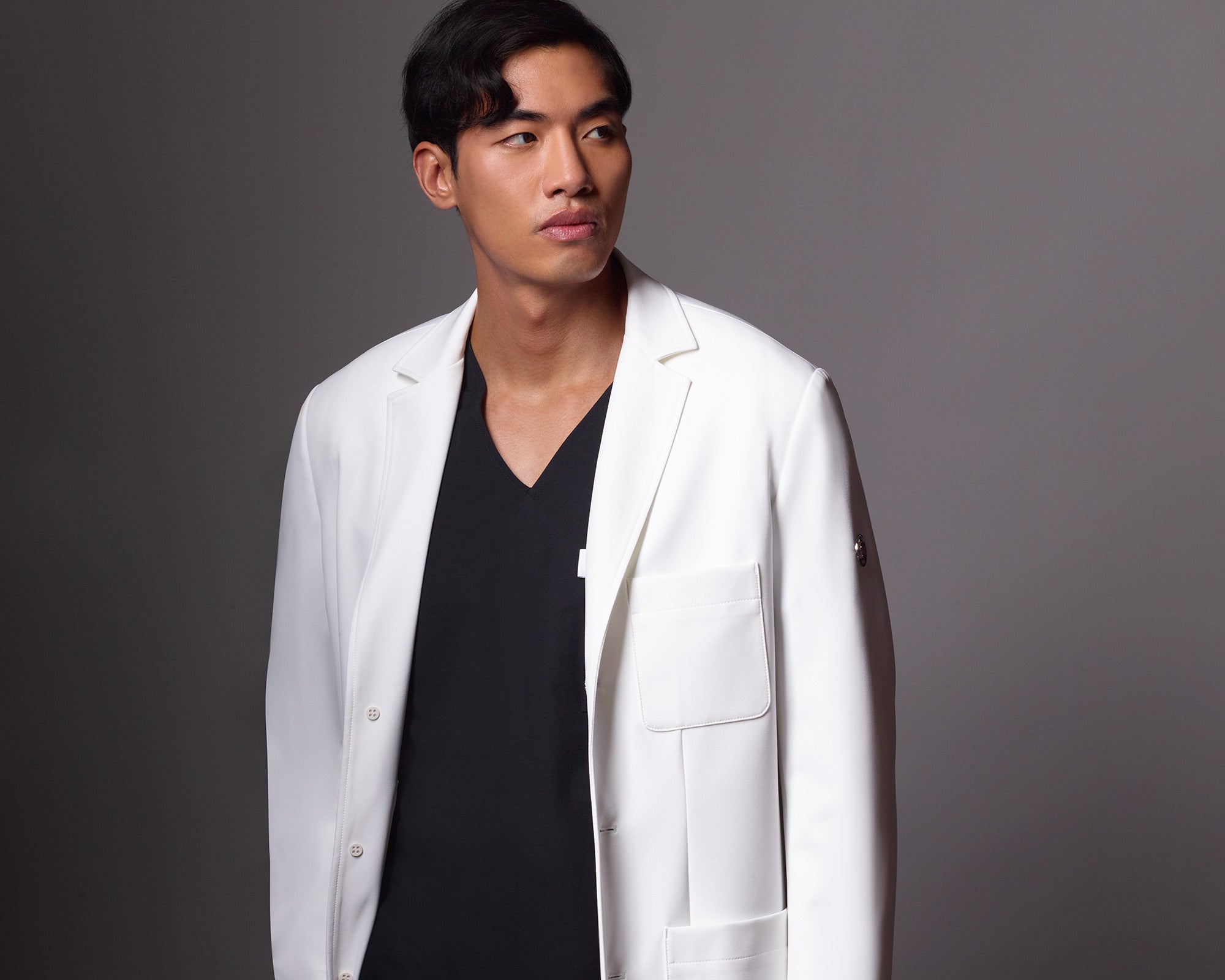Amid a rising tide of COVID-19, hospitals stock up on protective gear
Officials express optimism that there will be enough equipment for a second pandemic surge
By Felice J. Freyer Globe Staff, Updated October 18, 2020, 5:18 p.m.
It’s a short distance from Philip Oliveira’s office at the Southcoast Health hospital group to the 5,000-square-foot warehouse that the company leased over the summer.
So Oliveira, who is in charge of supply chain for the three Southeastern Massachusetts hospitals, can walk over whenever he wants and gaze at 200 pallets stacked with gowns, masks, and gloves that protect health care workers from germs. And he can allow himself a feeling akin to relief.
“We are much better positioned than we were in March,” he said, recalling the collapse of the global supply chain during the spring surge in COVID-19.
As COVID-19 hospitalizations in Massachusetts inch up day by day, Oliveira is among several hospital officials who expressed a cautious optimism that adequate supplies of personal protective equipment — known as PPE — will be on hand during the second wave of COVID-19.
That’s not to say that worries don’t continue: N95 masks, the best protection against the virus, remain hard to get, and a shortage of exam gloves is anticipated. But the global supply chain has stabilized, US manufacturing has expanded, hospitals and the state are stocking up in advance, and new avenues for purchasing have opened up.
“Based on the PPE we now have and shipments we expect later this fall,” Governor Charlie Baker said at a recent press conference, “we have sufficient PPE to support the emergency supply needs of health care and human service providers and first responders from now until the end of 2021.” Since March, the state has procured and distributed some 37 million pieces of PPE.
The vice president of the Massachusetts Nurses Association, a union representing nurses at 51 hospitals, is less sanguine than state and hospital officials.
“Will there be enough as we approach the second surge? I don’t know. I don’t think most of my colleagues know,” said Marie Ritacco, a nurse at St. Vincent’s Hospital in Worcester.
Hospital officials have not been transparent about the state of supplies, she said. “I don’t feel very confident that we can say for sure that we are going to be adequately protected.”
The surge in COVID-19 cases in March, April, and May left some searing memories. The main source for the protective equipment — China — shut down for several weeks, just as demand soared. (As an example, before the pandemic, the Southcoast hospitals used 1,000 N95 masks a month; during the spring surge, it needed 1,000 a day.) Suddenly hospitals had to find new sources in places like Mexico and contend with shady brokers and broken promises.
A bidding war broke out among states and the US government, with federal officials even confiscating supplies Massachusetts had ordered. A jet owned by the New England Patriots flew to China to pick up masks for Massachusetts health care workers, only to have some providers reject them as the wrong kind. (The Baker administration says it tested the 840,000 masks and distributed to them to municipalities, state agencies, senior housing, and hospitals.)
Since then health care organizations have located new sources of supplies and adopted new ways of conserving the equipment they have. Mass General Brigham, the biggest hospital group, has its own warehouse full of PPE.
“We feel really good about the products that we have and our ability to protect our clinicians,” said Lisa Scannell, who heads the supply chain for the hospital group. “We will be fine through a second surge.”
Likewise, Trinity Health of New England, a hospital chain that includes Mercy Medical Center in Springfield, has 150 days worth of supplies at its Hartford warehouse.
“The industry’s in a much better position right now than it was back in the spring,” said Jerry Taylor, Trinity’s regional director of supply chain. But costs have skyrocketed as more material now comes from North American sources.
“We’ve seen astronomical increases, close to five times the costs of what it historically was,” Taylor said. “We’ve learned how to safely conserve products to help mitigate the costs.”
The state of Massachusetts has an emergency stockpile in several warehouses, intended as a temporary bridge if hospitals run short. The state’s PPE Demand Modeling Team meets weekly to study trends and forecast supply needs.
Additionally, the Baker administration has been boosting in-state manufacturing of PPE and other pandemic-related supplies such as testing swabs and ventilators. On Wednesday, the Massachusetts Manufacturing Emergency Response Team awarded over $6.5 million to 13 companies to produce such supplies.
Steve Walsh, president and CEO of the Massachusetts Health & Hospital Association, the hospitals’ trade group, said association members are well prepared to handle a second wave of the pandemic.
“We are always continuing to source new supplies, but are cautiously optimistic that this time we are prepared for what may come our way,” he said.
The hospital association has partnered with a new company called PPE.Exchange, which functions as an online marketplace. The company vets the suppliers to make sure they’re reputable and have access to the supplies they promise. Through the hospital association, smaller organizations such as doctor’s offices will be able to band together to get better prices with bulk purchasing.
PPE.Exchange started at the beginning of the pandemic amid the chaos and profiteering as desperate hospitals struggled to get supplies, said JT Garwood, one of the three co-founders. Sometimes, hospitals didn’t receive equipment they ordered or received defective supplies, he said.
“We thought technology could provide a solution,” said Garwood, who previously worked for Microsoft and NetApp.
PPE.Exchange requires vendors to provide business details such as revenues, prices, and available supplies. It verifies that the companies are legitimately certified by federal regulatory agencies.
The exchange lists 250 vendors who have passed muster, and Garwood said an additional 650 are going through the verification process. Some 14 hospital associations have joined, giving all their members access to the marketplace. Buyers don’t have to promise money until the product is in stock and the vendor has given an estimated time of delivery.
Garwood said the exchange has supplied more than 10 million units of PPE around the country since May and 83 Massachusetts organizations are participating.
The American Hospital Association said in an e-mail that it had not worked with the company but that there are “many strategic partnerships that improved access to needed supplies through vendor vetting programs,” such as the 100 Million Mask campaign and the HealthEquip app, which connects hospitals with individuals and organizations donating protective equipment.

